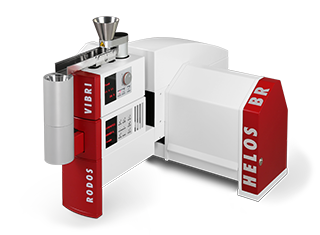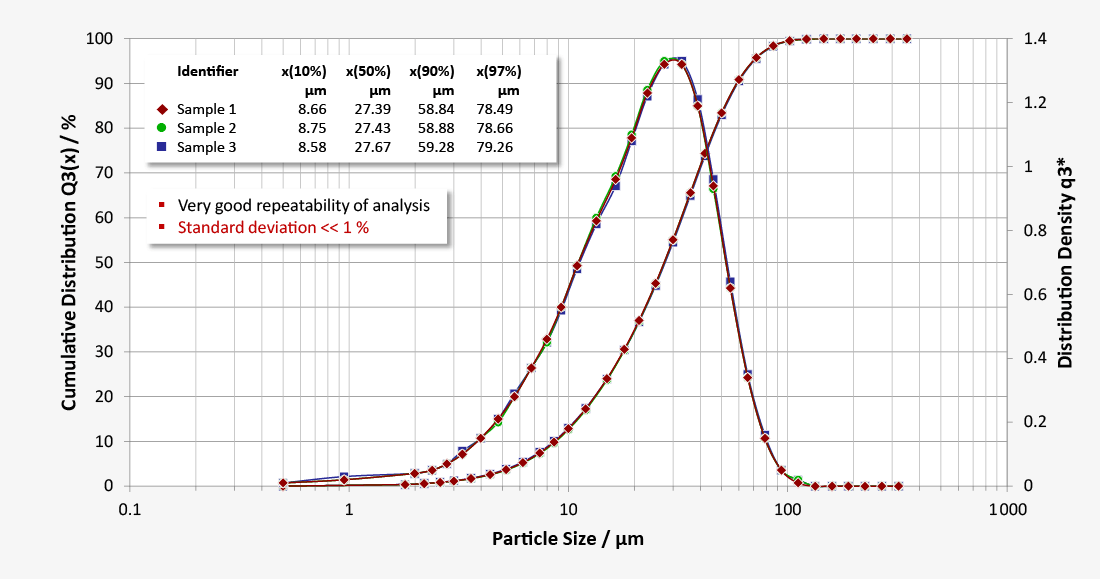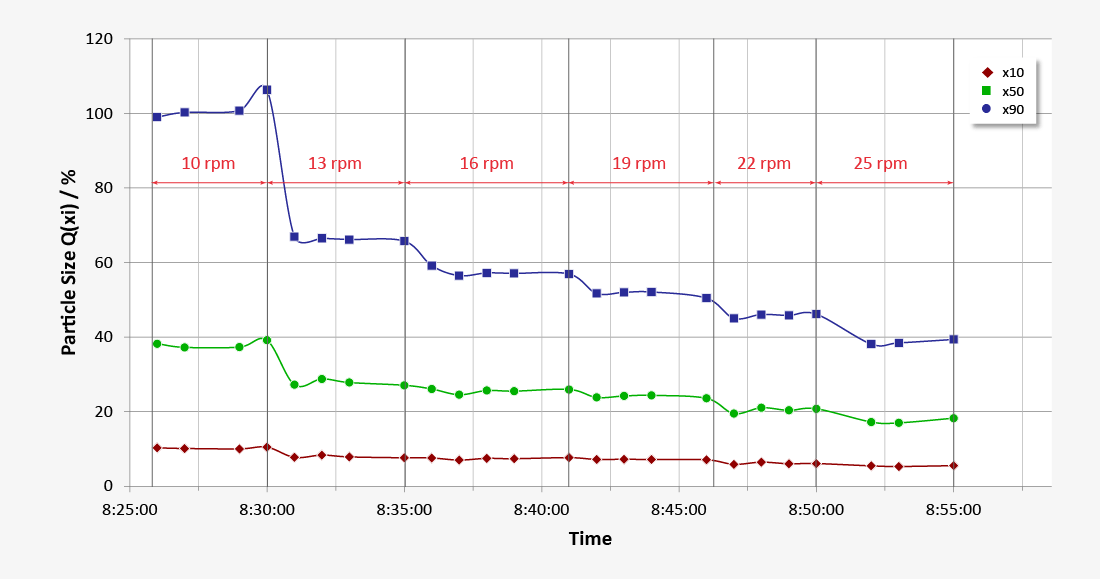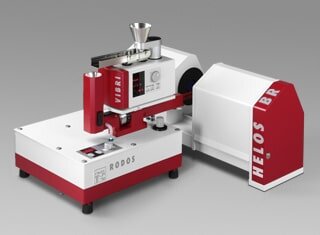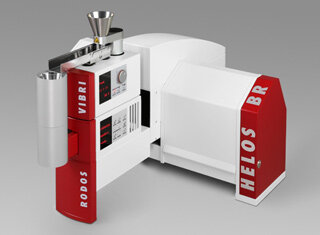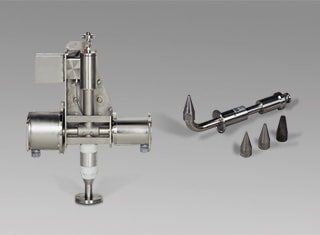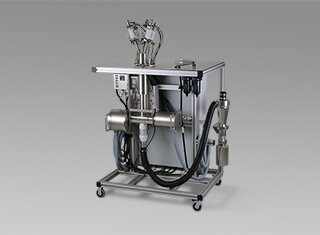Analysis of pigment particle size for powder coatings impoves production efficiency
The ingredients for powder coating are essentially epoxy resin and polyester resin, which function as matrix and binding agents for solid particles and harden the finish. Various additives, aggregates and fillers are added to create special effects (like mattfinish, high polish, metallic look and pearl luster effect) or to produce durable, dirt-repellent and environmentally-resistant surfaces.
Together with colored pigments the formulation is weighed and homogenized by mixing and extruding. While melting the resin particles, solid coating components are evenly dispersed and incorporated into the matrix. During the cooling process, the melted mass solidifies, it is then crushed into coarse powder chips before it is ground into a fine powder with defined grain size distribution using a classifier mill. Finally the product is sieved to remove coarse particles.
Control of the particle size distribution of ground powder coating is essential for economic processing operation as well as for the final paint surface quality. A narrow distribution between 10 µm and 90 µm would be ideal.
For quality control of ground, fine powder coating in the laboratory, HELOS laser diffraction with RODOS dry dispersion is used. Pressurized air dispersion and measurement of the free aerosol jet delivers reliable, reproducible measuring results within seconds. A very high sample throughput rate is achieved without the need for sample preparation or routine cleaning. On-line particle size analysis with laser diffraction sensor MYTOS, integrated RODOS dry dispersion and automatic sampling allows process control and regulation in real time.
- Particle size distribution defines function and processing properties of powder coating
- Guarantee of powder coating quality through regular analysis of particle size distribution
- Optimization of time and energy consuming grinding processes through prompt analysis with high frequency laboratory or process analysis in real time
Download application notes for detailed information
Are you interested in additional content? Please register an account. After confirming the registration link brochures, application notes and other documents on particle measurement will be available for download.
Application strengths
- Free aerosol jet for best dispersion and reliable measuring results
- Fast product quality analysis of fine dry powder, typically in less than 20 seconds
- Dispersion forces adaptable to the product
- Excellent repeatability
- Analysis of statistically relevant sample amounts
- Easy handling and almost no product residue in disperser
- Quick change-over to new or different products without cross-contamination
Application strengths
- Process analysis in real-time at a frequency of 1 measurement per minute
- Representative sampling of small amounts directly out of production line
- Excellent comparison to laboratory system due to usage of same technological components
- Assured quality for immediate product release
Customer benefits
- Production process optimization through prompt control of grinding fineness
- Quick availability of results for quality and process control
- Improved process understanding
- Timely process interventions through connection to process control (closed-loop control)
- Improvement and assurance of higher product quality
- Reduction of off-spec batches






